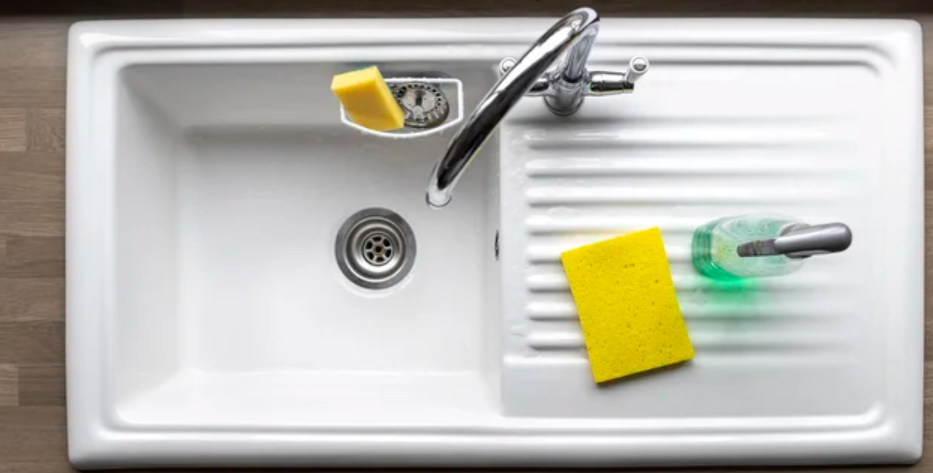
Most people take steps to thoroughly clean and disinfect their toilet as they think it is the home of pathogens and give little consideration to the kitchen sinks.
Kitchen sink is heart of every home and need to be given adequate attention when it comes to hygiene failure to which it will become home for pathogens.
Did you know kitchen sink can be home of more pathogens than the toilet?
Well, findings show that there are numerous pathogens that can be found in the kitchen sink. These include:
- Salmonella- a type of bacteria that can cause diarrhea, fever and stomach pains.
- Clostridium difficile – a bacterium that causes an infection of the colon
- Hepatitis A – a viral infection that affects liver
- Campylobacter – a type of bacteria that can cause a diarrheal disease in people
Many of the above pathogens come directly from meat – especially chicken. However, Clostridium and Hepatitis A can arise when adequate sanitation is not observed during food preparation. Pathogens can be present even in surfaces which look clean. Thus, proper hygiene will help keep these pathogens at bay.
Tips to keep your kitchen sink clean
How to clean a stainless steel sink
Stainless steel sinks are less prone to stain or rust and are tougher than most sink materials. However, abrasive scrubbers, bleach or acidic foods can alter its stainless-steel finish. Therefore, avoid using bleach-based sprays or letting acidic foods sit in the sink for long periods.
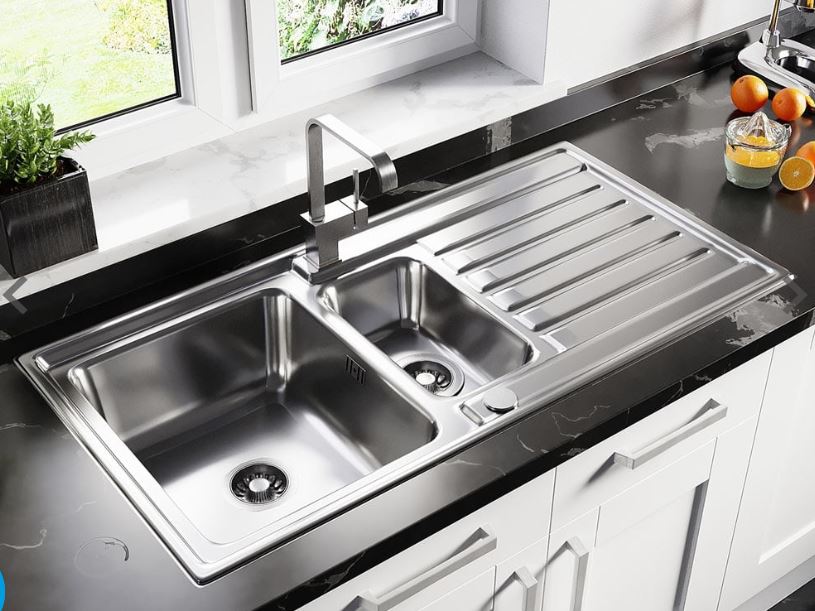
| Materials Dish soap Baking soda Vinegar Olive oil (optional) | Tools Sponge Microfiber cloth Brush/toothbrush |
Procedure
Sprinkle Baking soda
- Spray water onto the sink and sprinkle baking soda on the wet surface
Scrubbing the sink
2. Add warm water and little dish soap to your sponge. Scrub the sink in a circular motion, starting at the top, sides of the basin and work down pushing loose dirt and grime into the drain. Generously add soap and warm water until the surface is scum-free.
Cleaning faucets and handles.
3. Add warm soapy water in a sponge or brush and scrub the surfaces. A toothbrush can be used for those hard-to-reach areas. Add a spoonful of vinegar to the soapy water mixture if there are white spots on the handles after the scrub. The spots are as a result of lime buildup from the tap water minerals.
Rinse and dry
4. Once thoroughly clean, rinse the sink with fresh, clean water and use a microfiber cloth to dry surfaces. A drop of olive oil can be added to the microfiber cloth for a shiny finish (optional).
How to Clean a porcelain kitchen sink
Even though these sinks are typically white, they are easier to clean with most household cleaners. Hydrogen peroxide and baking soda are essential in lifting stains and providing a whitening effect.
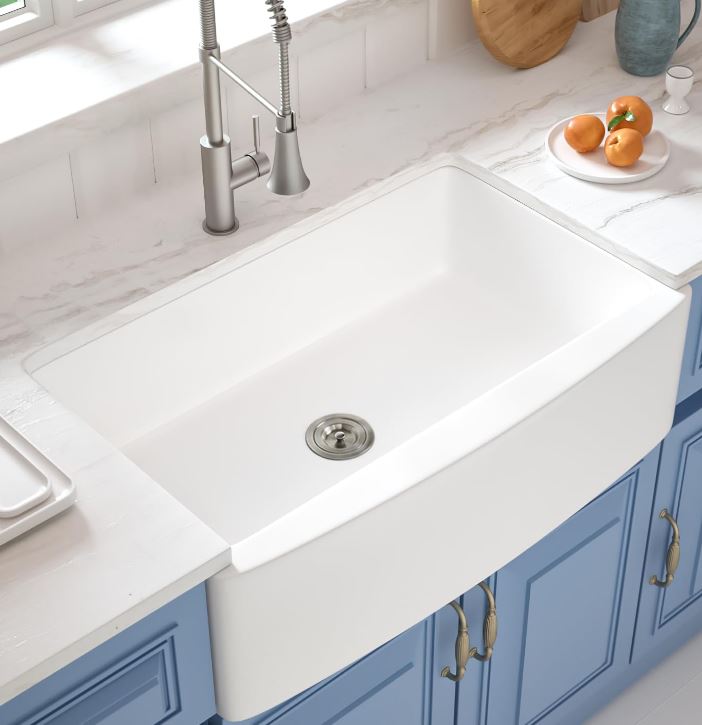
| Materials Dish soap Baking soda Vinegar Salt Lemon juice | Tools Sponge Microfiber cloth Brush/toothbrush |
Procedure
Scrubbing rust spots using lemon juice and salt
- Make a thick paste of salt and lemon juice and apply it on the rust stain. Let it sit for 30 minutes and scrub the surface with the abrasive side of your sponge.
Gentle wash with dish soap
2. Using a microfiber cloth with warm, soapy water, wash the sink surface without scrubbing. Use a new dry microfiber clothing to rinse the sink and leave it a bit damp.
Cleaning faucets and handles.
3. Add warm soapy water in a sponge or brush and scrub the surfaces. A toothbrush can be used for those hard-to-reach areas. Add a spoonful of vinegar to the soapy water mixture if there are white spots on the handles after the scrub. The spots are as a result of lime buildup from the tap water minerals.
Rinse and dry
4. Once thoroughly clean, rinse the sink with fresh, clean water and use a microfiber cloth to dry surfaces. Apply lemon oil (optional), to the dry microfiber cloth while drying it to prevent soap scum and for a freshly-cleaned sent.
How to Clean a Ceramic or Enamel Kitchen Sink with soap and baking soda
Ceramic sinks are known for timeless elegance. Abrasive cleaners are not recommended for these sinks. However, you can use baking soda and dish soap to remove soap and stains.
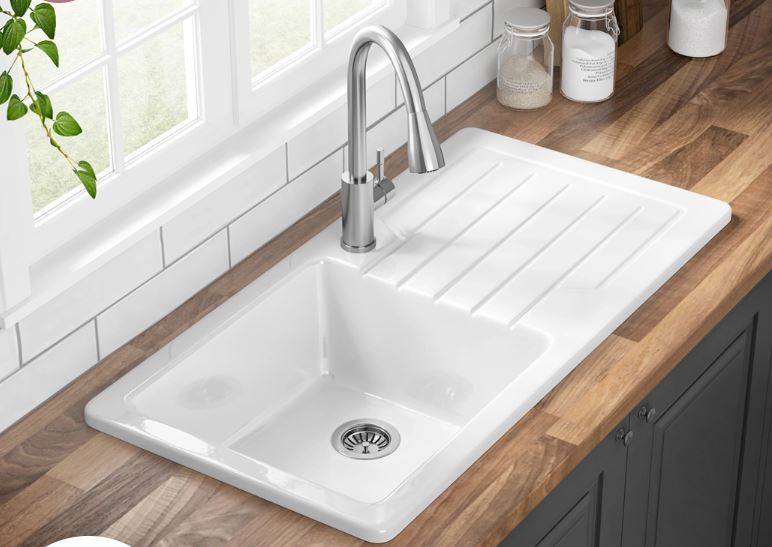
| Materials Dish soap Baking soda Vinegar Hydrogen peroxide (optional) Olive oil (optional) | Tools Sponge Microfiber cloth Brush/toothbrush Spray bottle |
Procedure
- Spray water onto the sink and sprinkle baking soda on the wet surface
Scrubbing the sink
2. Add warm water and little dish soap to your sponge. Scrub the sink in a circular motion, starting at the top, sides of the basin and work down pushing loose dirt and grime into the drain. Generously add soap and warm water until the surface is scum-free. You can add a few drops of hydrogen peroxide on top before scrubbing for extra cleaning power.
Cleaning faucets and handles.
3. Add warm soapy water in a sponge or brush and scrub the surfaces. A toothbrush can be used for those hard-to-reach areas. Add a spoonful of vinegar to the soapy water mixture if there are white spots on the handles after the scrub. The spots are as a result of lime buildup from the tap water minerals.
Rinse and dry
4. Once thoroughly clean, rinse the sink with fresh, clean water and use a microfiber cloth to dry surfaces. A drop of olive oil can be added to the microfiber cloth for a shiny finish (optional).
Cleaning Copper Kitchen
Copper kitchen sinks require gentle care as they can be easily scratched and dented. Always avoid ingredients such as vinegar as the acidity can tarnish the material. It is also important to avoid abrasive sponges or brushes as they can easily remove the beautiful coating.
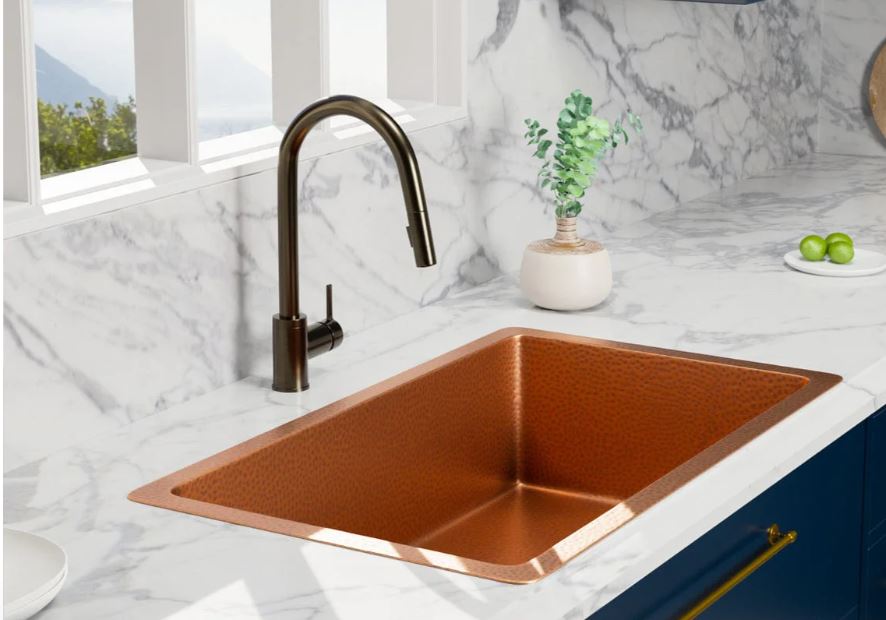
| Materials Mild dish soap | Tools Microfiber cloth Brush/toothbrush |
Procedure
- Mix water and mild dish soap in a bowl. Soak a microfiber cloth in the mixture and apply it onto the sink’s surface
Cleaning the sink
2. Using the soapy cloth, clean the sink in a circular motion, starting at the top, sides of the basin and work down pushing loose dirt and grime into the drain. Generously apply soapy water on the cleaning cloth until the surface is clean. Always remember to be gentle on the copper material.
Cleaning faucets and handles.
3. Add warm soapy water in a sponge or brush to clean the faucet and handles. toothbrush can be used for those hard-to-reach areas.
Rinse and dry
4. Once thoroughly clean, rinse the sink with fresh, clean water and use a microfiber cloth to dry surfaces.
How to clean a kitchen sink drain
Grease and fat can build up on kitchen sink drains over time. Baking soda and vinegar are great assets in preventing or unblocking sink drain. Regularly or once in a week, sprinkle baking soda down the plughole followed by some vinegar (any type can do). Wait for at least 10 minutes and flush with hot water.
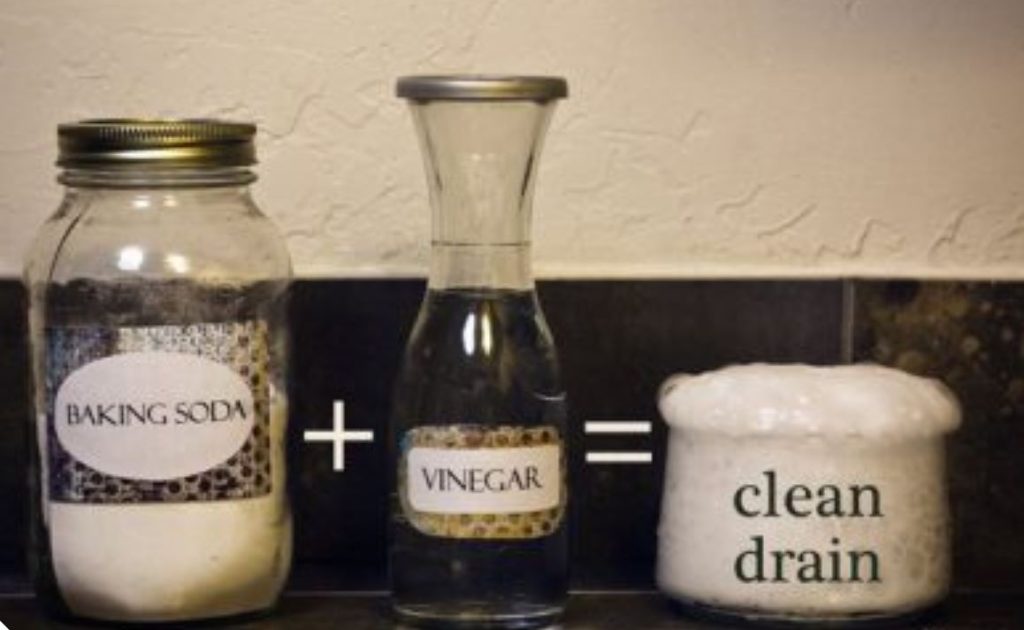
Looking for a better and easier way to clean your home?
Ekom Professional Cleaners are here to help with their game-changing skills that will leave your home sparkling clean and smelling awesome than you ever thought possible.
